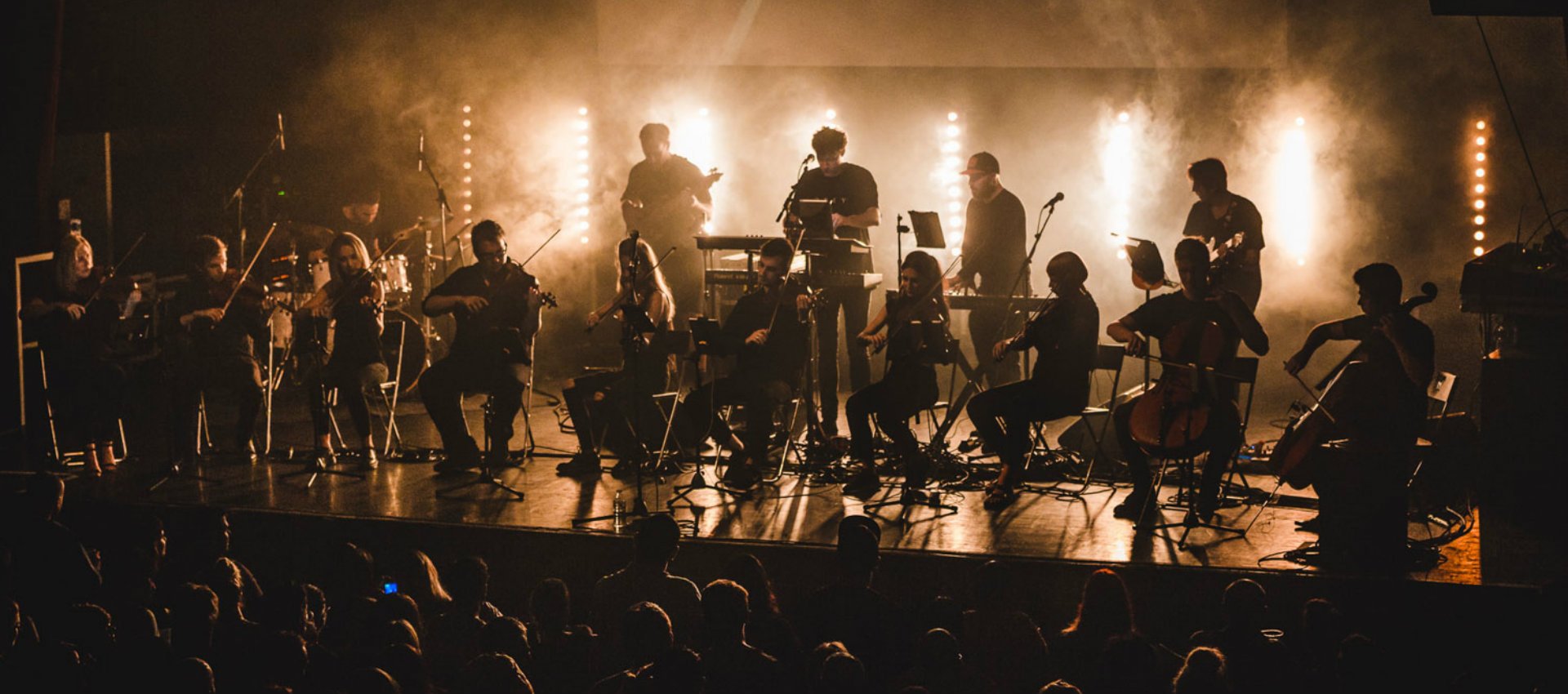
I wouldn’t say artists like The Weeknd or James Blake are like Kanye West, but they sometimes embody 808s disenchantment with romance, mixed with beats that sound like they were crafted in a wind tunnel. Part of me attributes that to the general direction taken by indie R&B or electropop or whatever you want to call it. Like you (and many others), I wasn’t really fond of the new direction at the time, but it’s aged surprisingly well. Phil Collins’ most famous material has always sounded distant and chilly to me, and, as you said, that’s exactly what 808s is. Had I been aware of the intended aesthetic before I first listened to the record, I think I would have had the opposite reaction of you, Mike. In other words, there’s a lot to discuss.ĭan Caffrey (DC): It’s funny that you bring up the Phil Collins comparison, which is the first time I’m hearing that statement. Instead, it felt almost sterile, as if he was singing from a photo processing center in Silicon Valley, which admittedly has all to do with the Auto-Tune and the Roland TR-808 drum machine. Prior to its release, Kanye West had cited Phil Collins as a major influence, and for some reason, I hyped it in my head that we’d be getting a dozen tracks akin to “Flashing Lights”.

(I think I bought it along with The Killers’ Day and Age.) It was at Circuit City, before it closed its doors, and I remember feeling somewhat underwhelmed. Michael Roffman (MR): 808s & Heartbreak was one of the last CD purchases I actively sought out.


The three discuss its ensuing legacy, how it redefined the rapper’s persona, and its links to his latest effort, next week’s Yeezus. In this weeks edition of Dusting ∞m Off, Editor-in-Chief Michael Roffman, Associate Editor Chris Bosman, and Senior Staff Writer Dan Caffrey look back on Kanye West’s 808s & Heartbreak, the highly-influential fourth studio album that sent fans, critics, and producers into a spell.


 0 kommentar(er)
0 kommentar(er)
